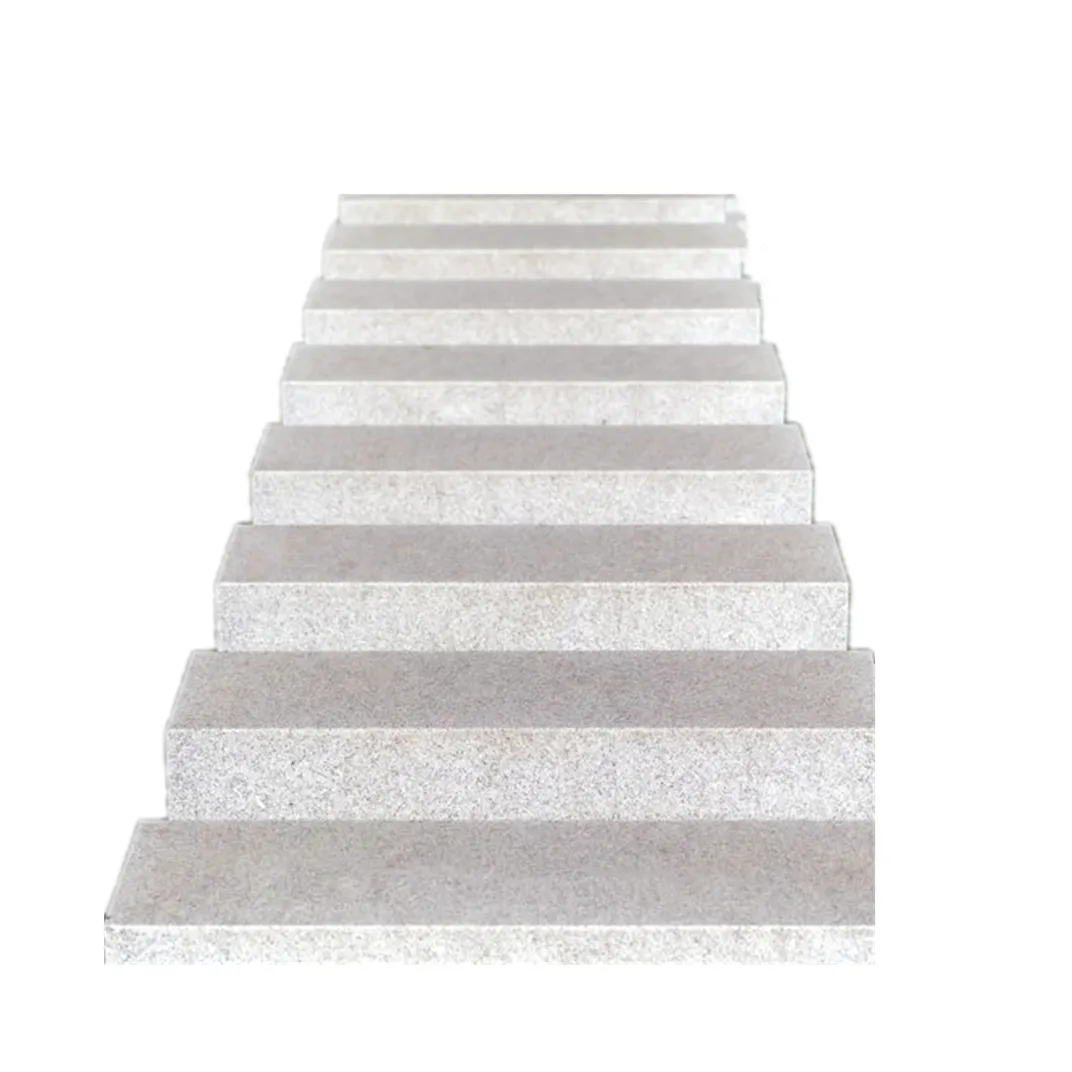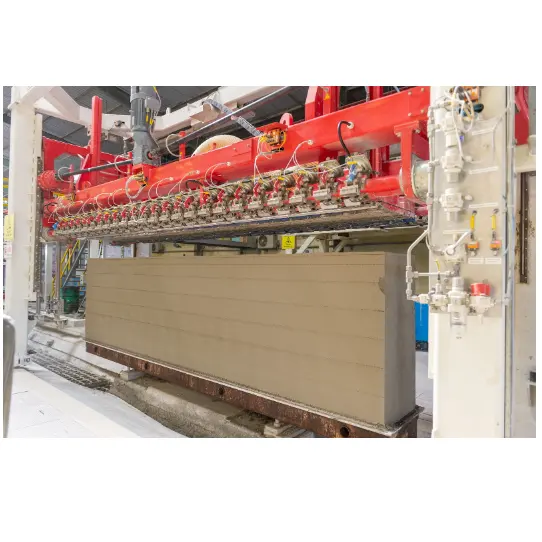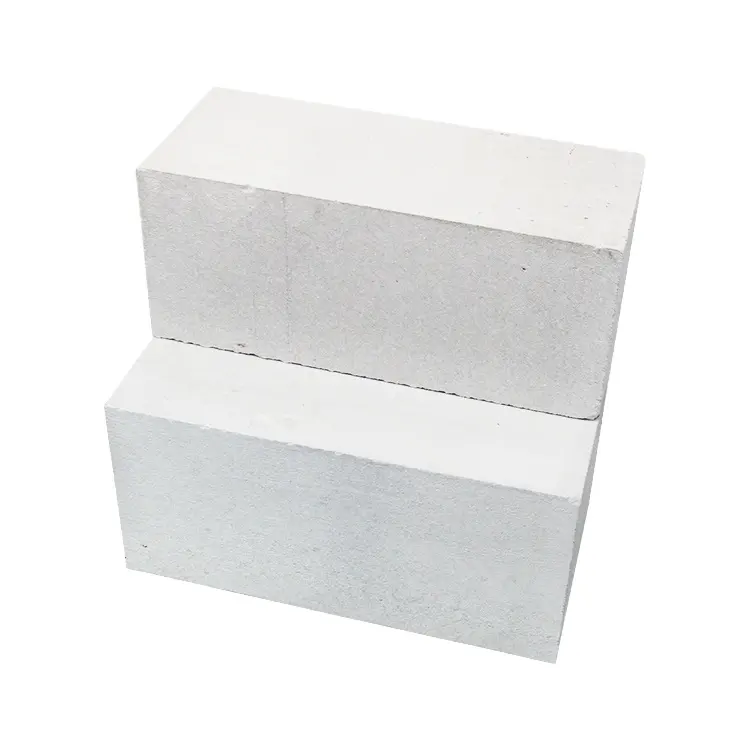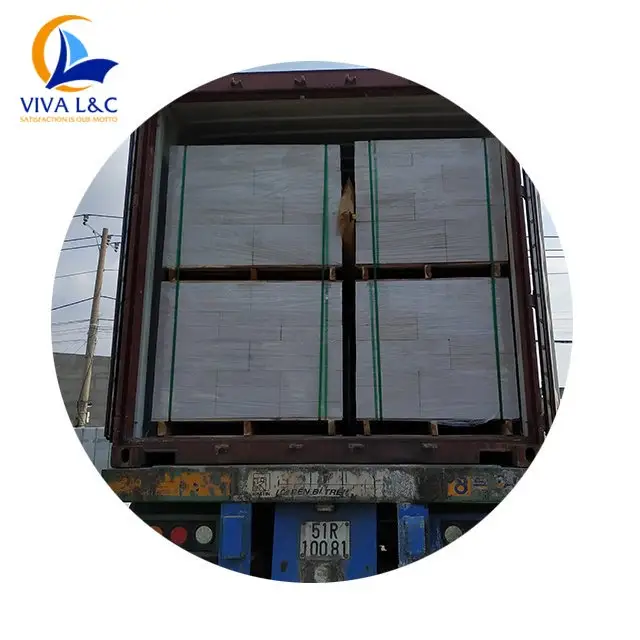Autoclave aerated concrete export to Korea Cambodia and
- Категория: >>>
- Поставщик: NEW,ERA,BLOCK,TILE,JOINT,STOCK,COMPANYNEW,COMPANY
Поделиться:
Описание и отзывы
Трекер стоимости
| Месяц | Минимальная цена | Макс. стоимость |
|---|---|---|
| Aug-16-2025 | 5663.83 $* | 5776.41 $* |
| Jul-16-2025 | 4593.52 $* | 4685.19 $* |
| Jun-16-2025 | 5574.60 $* | 5685.9 $* |
| May-16-2025 | 5529.96 $* | 5640.29 $* |
| Apr-16-2025 | 4414.80 $* | 4502.65 $* |
| Mar-16-2025 | 5440.20 $* | 5549.75 $* |
| Feb-16-2025 | 5395.36 $* | 5503.59 $* |
| Jan-16-2025 | 5351.82 $* | 5458.54 $* |
Характеристики
Product Description
What is AAC Blocks?
The Autoclaved Aerated Concrete (AAC) was perfected in the mid-1920s by the Swedish architect and inventor Dr. Johan Eriksson. The AAC is a lightweight, non-baked material produced from the common raw materials lime, sand, cement and water, and a small amount of expansion agent. After mixing and casting, it is then cured under heat and pressure to create its unique properties.






















